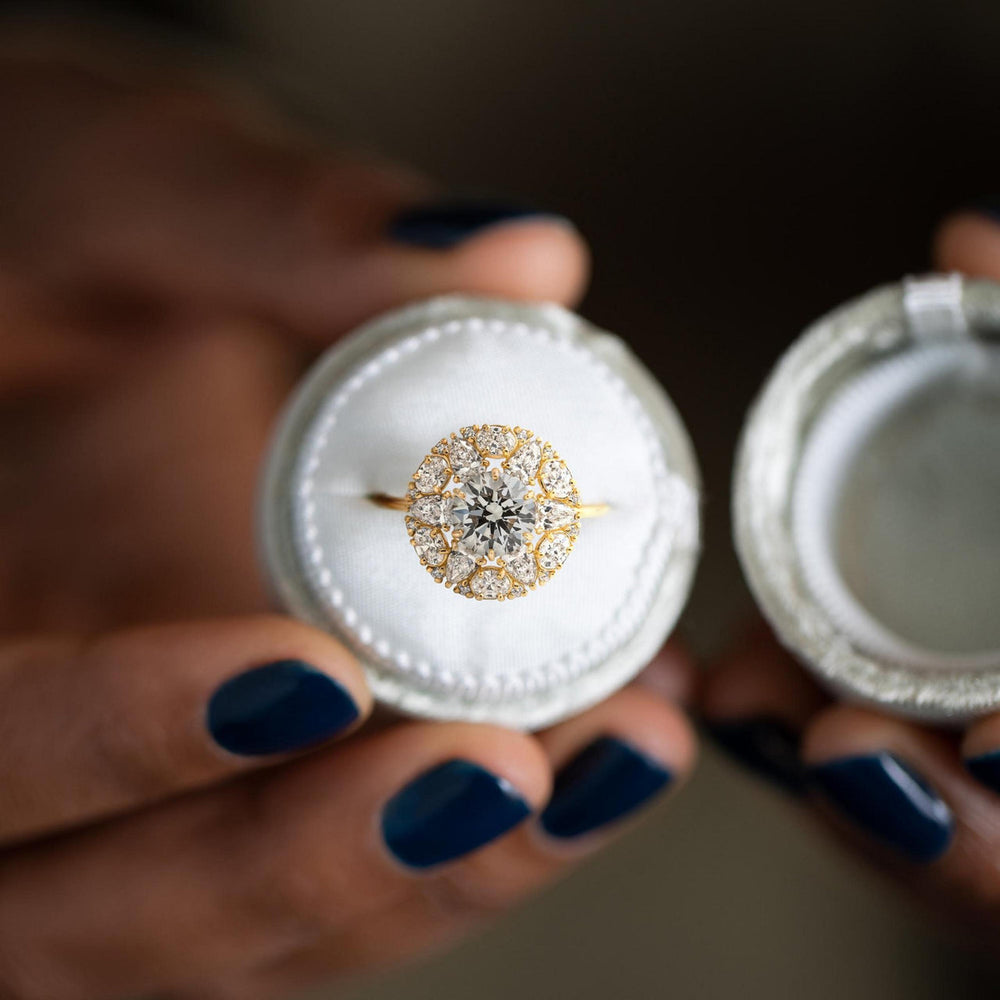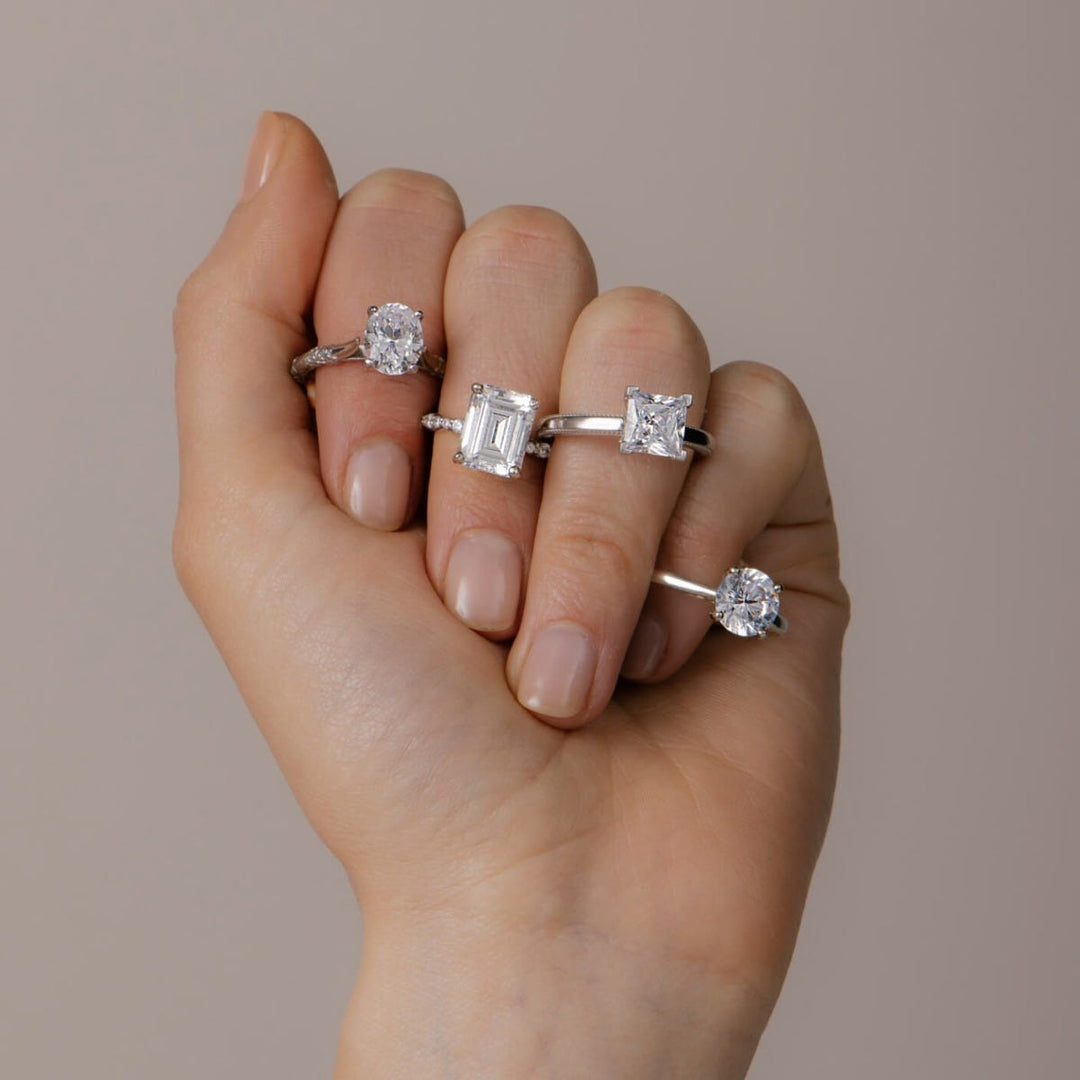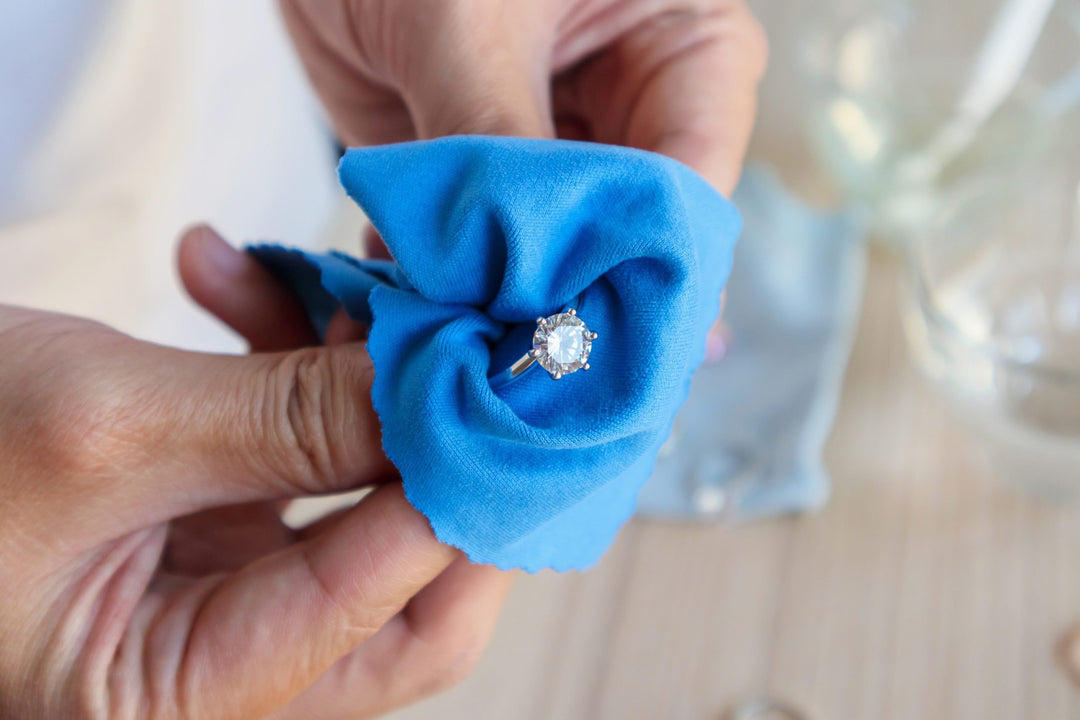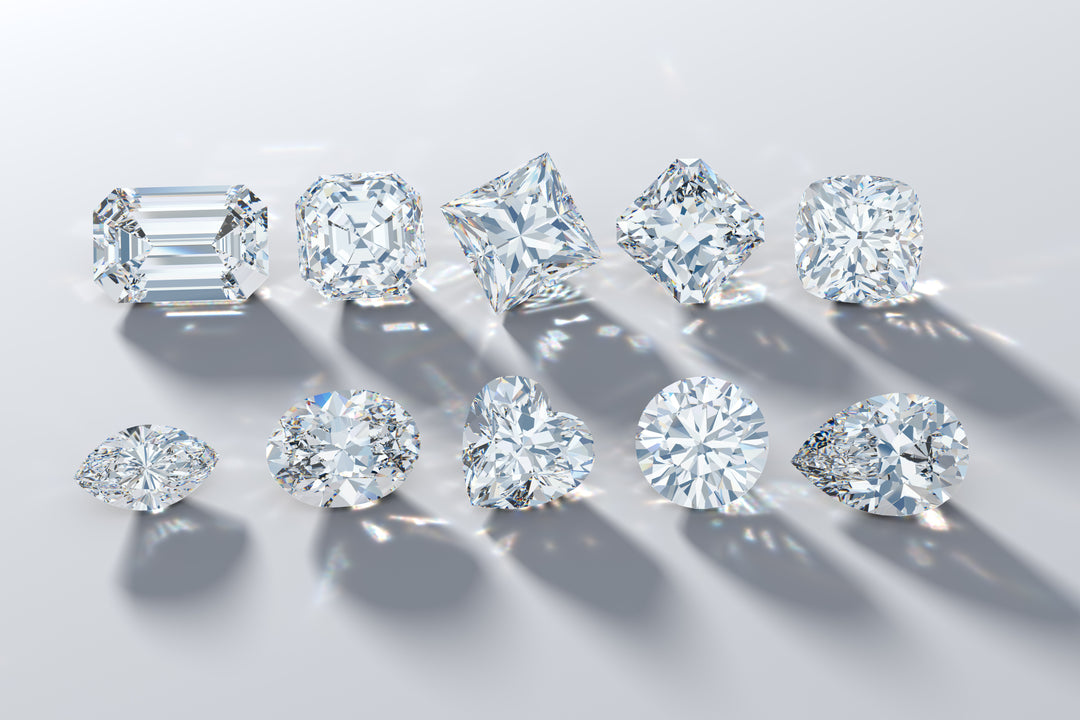Diamond Color

A diamond’s color grade is largely considered to be one of the most important characteristics when assessing a diamond to purchase, usually a priority only secondary to diamond shape. Even subtle differences in diamond color grading can dramatically impact its value. For example, when comparing diamond clarity, weight and if two diamonds have the same clarity, weight and cut, the slightest hint of color in one will decrease its value.
Many of the diamonds sold today are near colorless, but in reality, the normal range of color for diamonds can vary from absolutely colorless to light yellow or brown. This is why the Gemological Institute of America (GIA) developed a diamond color scale, which is now widely accepted as the industry standard color grading system understanding the GIA color scale is key to properly informing any of your diamond purchases. Follow along as we break down the diamond grading color system.

THE DIAMOND COLOR CHART
The color of a diamond is really an evaluation of the absence of color. A chemically pure, structurally perfect diamond has absolutely no hue, which results in it having a much higher value since that level of diamond quality is so rare. The GIA’s diamond grading color system requires the presence or absence of color in a single stone to be measured in comparison to master stones of previously established colors.
The GIA diamond grading scale starts with the letter D, which represents a perfectly colorless diamond, and continues to the letter Z, with each letter in between delineating an increasing presence of color intensity. The average person is able to detect the difference between a grade D color diamond and that of a Z color diamond because of the significant difference between the opposite ends of the scale. However, generally, measurements must take place under explicitly controlled lighting and precise viewing conditions by a trained professional, as subtle differences may be undetectable to an untrained eye. The diamond color scale can be further broken down into five categories with color grades that range from colorless to light color.
Colorless. Grades D, E and F on the scale make up the Colorless diamonds. Only an experienced gemologist will be able to detect the precise differences between these three gradings, but the corresponding value will differ greatly. Grade D diamonds are extremely rare and absolutely colorless, while E color diamond and F color diamond grades contain minute traces of color largely unnoticeable to the everyday consumer.
Near Colorless. G, H, I and J are the grades considered Near Colorless. These diamonds have a slightly warm and yellow color and tone that is difficult for consumers to detect unless compared side-by-side with a diamond of a higher grade. Generally speaking, the faint yellow hues pair well with gold tone settings.
Faint. Grades K, L and M make up the Faint category of colors. At this point, you may begin to be able to detect the tint of the diamond without prior training, since they possess a visible yellow tint. Due to the color variation, diamonds of this grade are much less desired, resulting in steep price drops from the previous category of the color chart. A grade K color diamond can cost as much as 50% less than a grade G color diamond. For this reason, many diamond stores and dealers don’t hold diamonds below I-J color in stock, However, some people find the warm coloration appealing, and may be interested in diamonds of these grades when designing a vintage style ring.
Very Light. N, O, P, Q and R are the grades that make up the Very Light category and have a strongly notable color. The color can vary from yellow to a brown tint and is sometimes referred to as “top light brown” within the industry. These diamonds have very low demand, which results in extremely low prices (possibly the lowest in the industry).
Light. All other grades from S to Z are considered Light. Interestingly, Light color diamonds – specifically those beyond a U grade – usually have greater demand than Very Light diamonds. This is due to the fact that the slightly stronger color is seen simply as a yellow stone, rather than an off-color diamond. However, diamonds of this grade are still not considered to be fancy color diamonds.







